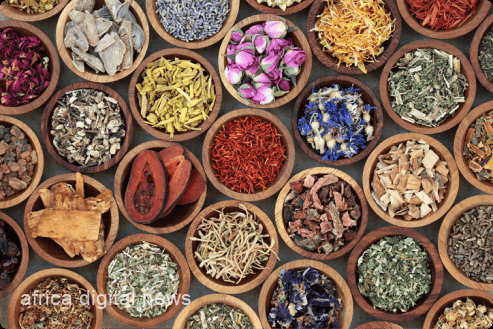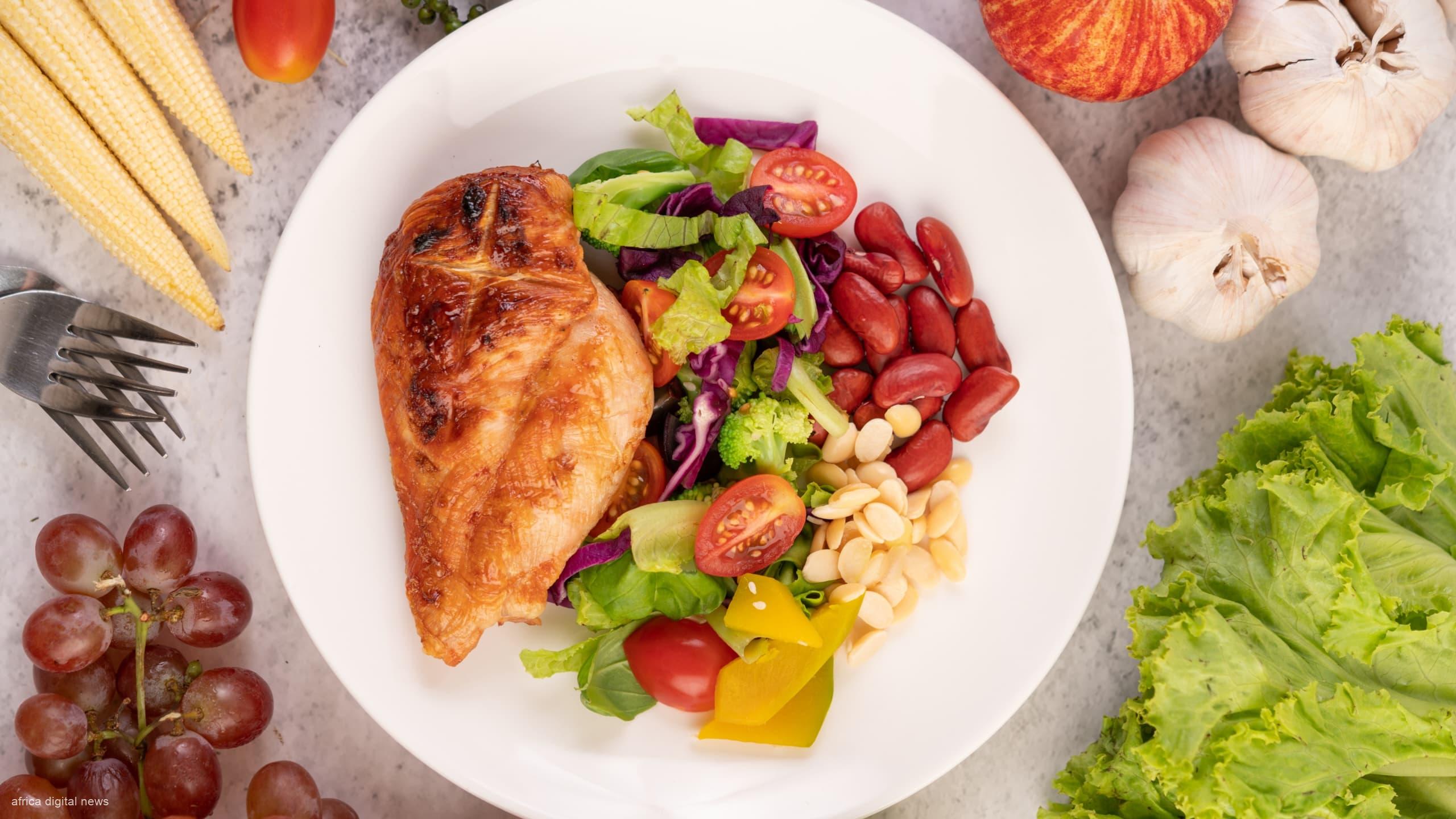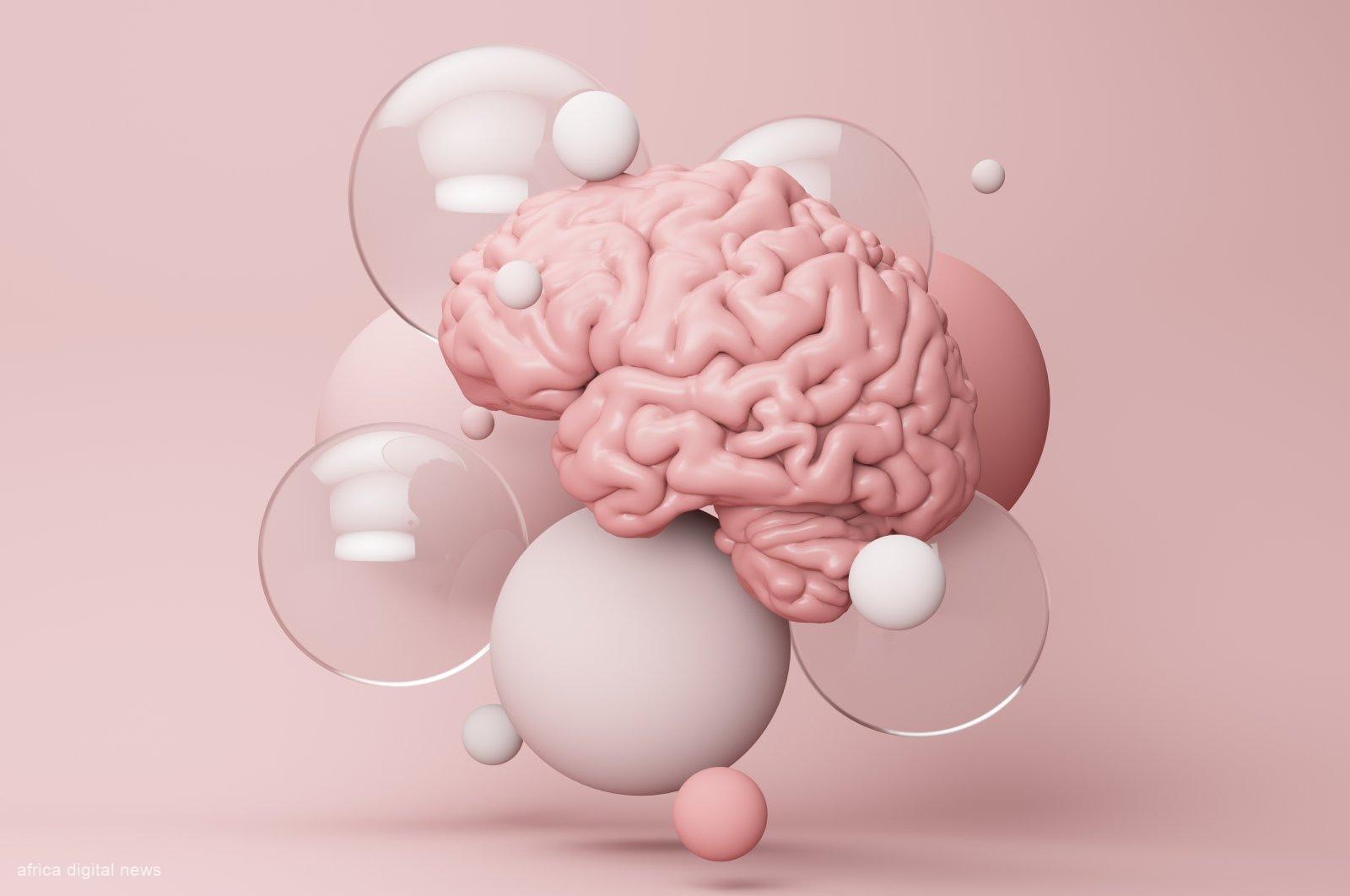Type 2 diabetes, a chronic condition that affects millions of individuals across the globe, has rapidly escalated into a major global health concern. The exponential growth in cases is sounding alarm bells, highlighting the urgent need for comprehensive and multifaceted management strategies. Traditional pharmaceutical interventions, while often effective, are frequently accompanied by unwanted side effects, ongoing financial burdens, and potential long-term dependencies.
In response to these challenges, there is an increasing turn towards alternative therapies and natural remedies. Among these alternatives, the use of herbs and spices, deeply rooted in traditional medicine and practiced across various cultures, is emerging as a promising avenue in diabetes management. Their appeal isn’t merely nostalgic or aesthetic; it’s grounded in scientific research, clinical studies, and time-tested wisdom. Unlike synthetic medications, these natural remedies are often associated with fewer side effects and can offer a more holistic approach to healthcare.
These natural ingredients, some of which have been part of human diets for thousands of years, are now being reevaluated under the rigorous scrutiny of modern science. The results are encouraging, revealing that certain herbs and spices can be powerful allies in the battle against Type 2 diabetes.
However, the path from tradition to scientific validation is not without its complexities. The efficacy of these herbs and spices can vary significantly based on factors such as preparation, dosage, individual physiology, and even the geographical origin of the plant.
In this comprehensive exploration, we will delve into five such herbs and spices that have demonstrated potential effectiveness in managing Type 2 diabetes. We will explore their properties, understand the scientific basis of their effectiveness, discuss their historical context, and provide practical guidance on how they can be thoughtfully incorporated into daily routines.
By bridging the wisdom of the past with the scientific rigor of the present, this article aims to shed light on an exciting and growing area of diabetes management. The journey towards understanding and utilising these natural remedies is not merely a return to our roots; it’s a step forward in the ongoing quest for healthier, more sustainable, and person-centred approaches to chronic disease management.
The Importance of Managing Type 2 Diabetes
Type 2 diabetes, characterised by the body’s inability to utilise insulin effectively, has become one of the most prevalent chronic conditions in the world. In recent years, the global rise in Type 2 diabetes has been marked, with an estimated 422 million adults living with the condition as of 2022, according to the World Health Organisation. Unlike Type 1 diabetes, where the body fails to produce insulin, Type 2 diabetes involves insulin resistance. This means that although the hormone is present, the body cannot properly use it, leading to high blood sugar levels.
This condition is especially troubling as it often develops slowly, and the symptoms may be subtle or even unnoticed in the early stages. The initial signs such as fatigue, frequent urination, and increased thirst may be dismissed or overlooked, leading to a delayed diagnosis. Yet, uncontrolled blood sugar levels can lead to serious complications, such as heart disease, stroke, kidney failure, vision problems, and even amputation of limbs due to poor circulation.
The complexity of Type 2 diabetes extends beyond blood sugar control, as it often coexists with other health problems like obesity, hypertension, and high cholesterol levels. These comorbidities require a multifaceted approach to management, where individualised treatment plans are paramount.
Current medical treatments for Type 2 diabetes include medications like Metformin, insulin therapy, and GLP-1 receptor agonists. But beyond pharmaceutical interventions, the importance of lifestyle and diet cannot be overstated. Regular physical exercise, balanced nutrition, and weight management play a vital role in controlling the disease and preventing complications. Stress management and mental health support are also crucial, as living with a chronic condition can take a toll on emotional well-being.
Moreover, the global impact of Type 2 diabetes presents economic challenges. The direct and indirect costs associated with diagnosis, treatment, and long-term care place a significant burden on healthcare systems and individuals alike. In many low- and middle-income countries, access to essential diabetes care and medications is still a major barrier, contributing to disparities in health outcomes.
The recognition of these challenges has led to growing interest in alternative therapies and complementary approaches, including the use of herbs and spices. Such natural remedies offer promising possibilities for supportive care, particularly in contexts where access to conventional treatments might be limited or where cultural practices and preferences align with herbal medicine.
The management of Type 2 diabetes is a complex and multifaceted task that goes beyond mere symptom control. It requires a comprehensive understanding of the condition, a patient-centred approach, and the integration of various medical, lifestyle, and alternative therapies. As the prevalence of Type 2 diabetes continues to rise, the importance of innovative, accessible, and culturally sensitive management strategies becomes even more crucial. Whether through cutting-edge medical advancements or the wise utilisation of nature’s bounty, the pursuit of effective diabetes care is a global imperative that calls for collective action, compassion, and creativity.
Importance of Lifestyle and Diet
Perhaps even more critical than medication in the management of Type 2 diabetes is the role of lifestyle and dietary choices. Regular physical exercise, a balanced diet, weight management, and stress reduction are cornerstones of diabetes care. The significance of dietary choices cannot be understated, as food intake directly impacts blood sugar levels. An individualised approach that recognises the unique needs, preferences, and cultural backgrounds of patients is often most effective.
Read Also: Unveiling Africa’s Top Five Predominant Health Challenges
Interestingly, within this context of lifestyle and dietary intervention, the use of herbs and spices has emerged as a promising adjunctive therapy. These natural substances can complement traditional treatments, offering additional benefits and often aligning well with culturally specific dietary practices.
The use of herbs and spices in managing Type 2 diabetes underscores the complexity of this condition and the multifaceted approach required to address it effectively. It reflects a growing acknowledgement that managing chronic conditions like Type 2 diabetes is not merely about treating symptoms but about embracing a comprehensive, patient-centred approach that empowers individuals to take an active role in their health.
In this light, the exploration of herbs and spices is not merely a return to folklore or tradition; it’s an innovative, science-backed approach that recognises the richness of our natural environment and the potential it holds for contributing to human health and well-being.
Consider the following five notable herbs and spices, each with unique properties and applications that offer promise in the management of Type 2 diabetes:
1. Cinnamon: Renowned for its sweet, aromatic flavor, cinnamon is more than a culinary delight. A study published in ‘Diabetes Care’ found’ that just 1 to 6 grams of cinnamon per day reduced serum glucose, triglycerides, LDL cholesterol, and total cholesterol in people with Type 2 diabetes. The underlying mechanisms may involve enhancing insulin signaling pathways and improving glucose uptake and metabolism.
2. Fenugreek: A common ingredient in Indian cuisine, fenugreek seeds contain soluble fibre, which helps control blood sugar levels by slowing down digestion and absorption of carbohydrates. A meta-analysis of 10 clinical trials confirmed that fenugreek significantly reduced fasting blood glucose and glycated hemoglobin (HbA1c).
3. Bitter Melon: Known for its distinct bitter flavour, bitter melon has been used in traditional Chinese and Indian medicine to treat diabetes. Some studies have demonstrated that bitter melon can reduce blood glucose levels, though the exact mechanism remains under investigation.
4. Berberine: Extracted from various plants, berberine has been found to have anti-diabetic effects comparable to the drug metformin. A study published in ‘Metabolism’ showed that taking 500 mg of berberine two to three times daily for three months controlled blood sugar and lipid metabolism as effectively as metformin.
5. Ginseng: A staple in traditional Chinese medicine, ginseng has been found to improve insulin sensitivity and reduce fasting blood glucose levels. Research has shown that both American and Korean ginseng may aid in diabetes management, though more extensive studies are needed to establish standardised protocols.
The incorporation of these herbs and spices into diabetes management represents an intersection of science and tradition. Their effectiveness is not merely anecdotal but supported by scientific studies that reveal tangible benefits in glucose control and overall metabolic health. However, it’s essential to recognise that these remedies do not replace conventional treatments. Instead, they offer complementary support, and their use should be guided by healthcare professionals who understand the individual’s specific needs and the potential interactions with prescribed medications.
The allure of natural remedies, such as herbs and spices, lies in their accessibility, historical use, and the perception of fewer side effects. Studies have substantiated some of these claims. For instance, a meta-analysis published in the ‘Journal of Medicinal Food’ found that cinnamon could reduce fasting blood sugar levels by 3-5%. Yet, these promising aspects must be carefully weighed against potential risks and individual variations.
Herbs and spices can interact with conventional medications, sometimes in unpredictable ways. For example, taking cinnamon alongside insulin or other diabetes medications might intensify their effects, leading to hypoglycemia, a condition that affects 4-10% of people with Type 2 diabetes annually. The risk of interactions requires a collaborative approach involving healthcare providers, pharmacists, and other experts to ensure that these complementary therapies are used safely and effectively.
Moreover, the effectiveness of these remedies can vary widely due to factors such as genetics, overall health, lifestyle, and the specific preparation of the herb or spice. Such variations mean that a remedy that works well for one person might not have the same effect, or might even be harmful, for someone else.
With Type 2 diabetes exerting an unprecedented economic burden, the total cost is estimated to reach $1.7 trillion in 2023. This staggering figure encapsulates both the direct medical costs, amounting to $760 billion, encompassing medications, insulin, doctor visits, and other healthcare services, and the indirect costs, calculated at $940 billion, reflecting the profound impact on lost productivity, disability, and premature death. This alarming financial trajectory underscores the critical need for cost-effective, personalised, and multifaceted approaches to diabetes management. Yet, while the incorporation of herbs and spices offers promising potential, it must be navigated with judicious caution, unswerving expertise, and an unwavering commitment to the latest scientific research and clinical evidence.
The potential of herbs and spices to contribute positively to the management of Type 2 diabetes is undoubtedly exciting and warrants further exploration. However, this path must be trodden with a keen awareness of the complex landscape, individual uniqueness, and the vital importance of professional medical guidance. Only through such a rigorous, holistic approach can we hope to harness the full potential of these natural remedies, enhancing the well-being of millions affected by this chronic condition.
Interactions with Medications
Many herbs and spices can interact with conventional diabetes medications or other prescribed drugs, potentially enhancing or inhibiting their effects. For instance, cinnamon may have an additive effect with diabetes medications, leading to blood sugar levels that are too low. Similarly, berberine, while showing effectiveness akin to metformin, can interact with various medications, altering their absorption or efficacy. Recognising these potential interactions is essential for safe integration into a diabetes management plan.
Individual Variations
The effectiveness of herbal remedies may vary widely among individuals. Factors such as genetics, lifestyle, diet, other health conditions, and even the particular species or preparation of the herb can influence how a person responds. For example, studies on ginseng have shown differing effects based on the type of ginseng used (e.g., American vs. Korean) and the individual’s unique metabolic response. Understanding these variations and tailoring the approach to the specific person is key to success.
Importance of Medical Guidance
The integration of herbs and spices into the management of Type 2 diabetes should never be a solo endeavour or a replacement for conventional treatment. Professional medical guidance is essential to ensure that these natural remedies align with the individual’s overall treatment plan, goals, and safety. Physicians, dietitians, or other healthcare providers experienced in integrative medicine can provide appropriate recommendations, dosages, and monitoring. They can also watch for unexpected side effects or interactions, making necessary adjustments for optimal outcomes.
Conclusion: Embracing Tradition and Innovation in the Battle Against Type 2 Diabetes
As the world grapples with the growing epidemic of Type 2 diabetes, a condition that now reaches into every corner of our global community, the pursuit of effective management strategies has never been more urgent. The estimated economic burden of $1.7 trillion in 2023, encompassing both direct medical costs and indirect societal costs, presents a call to action that cannot be ignored.
The integration of herbs and spices into the therapeutic regimen represents an intricate and thoughtful response to this call. It symbolises a fusion of ancient wisdom with contemporary science, a meeting of tradition and innovation that transcends conventional boundaries.
These natural remedies, supported by emerging research, hold the potential to enhance the individualised care of those living with Type 2 diabetes. They offer possibilities for reducing dependence on pharmaceutical interventions, alleviating side effects, and fostering a more holistic understanding of health.
However, the path is not without its challenges and complexities. The interplay between these natural substances and existing medications, the variations in individual responses, and the overarching importance of medical guidance create a landscape that demands careful navigation.
It requires a collaborative approach, bridging the gap between patients, healthcare providers, traditional healers, and researchers. It calls for a respectful acknowledgment of the diverse cultural heritage that informs these remedies, married with a rigorous commitment to evidence-based practice.
In the end, the journey towards incorporating herbs and spices in managing Type 2 diabetes is a reflection of a broader movement in healthcare. It’s a movement that recognises the value of person-centred care, the significance of preventive strategies, and the essential role of lifestyle and diet in shaping our well-being.
As we stand at this intersection of time-honoured practices and cutting-edge research, the future looks promising. The use of herbs and spices, wisely guided, meticulously researched, and compassionately implemented, can indeed become a powerful tool in our collective fight against Type 2 diabetes. It’s a pathway that not only addresses the symptoms and complications of the disease but also resonates with the human spirit, empowering individuals to take control, make informed choices, and live a life of quality, dignity, and hope.










